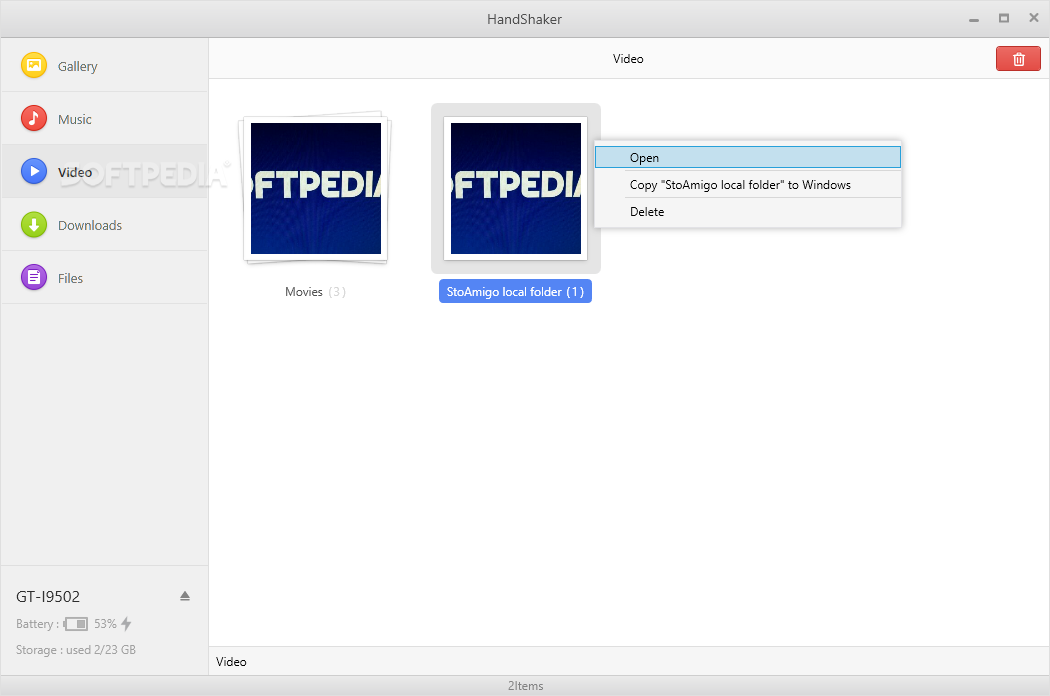

#Updated handshaker series#
To authenticate and establish a connection, your site’s server and the client’s browser must shake hands, i.e., go through a series of checks (the handshake). It is the first step in the process of establishing a clear HTTPS connection. Simply put, you need TLS/SSL certificates to secure your website using HTTPS.Ī TLS handshake is a form of communication and agreement between two servers - your sites’ host and the client’s server. They are used to authenticate data transfers between servers, applications, systems such as browsers, and users. Transport Layer Security (TLS) and Secure Sockets Layer (SSL) are security protocols that provide website encryption and identification. The problem can occur as a ‘TLS Handshake Failed’ error or any other issue. Unfortunately, sometimes things don’t go as planned, and you may encounter a problem when making a connection between your site’s server and a visitor’s browser. This will enable your site to use HTTPS to ensure secure connections.
#Updated handshaker install#
To do this, you’ll need to install a Secure Sockets Layer (SSL) certificate - SSL encryption and security protocol - on your site. You need to make your website secure so as to establish secure connections between two servers.
#Updated handshaker how to#
Then you’ll learn how to troubleshoot TLS handshake issues. In this post, you’ll learn what the TLS Handshake Failed error is and why it occurs. While it can be a frustrating experience, there are ways to troubleshoot TLS handshake issues and solve them. : : PKIX path building failed: .SunCertPathBuilderException: unable to find valid certification path to requested targetĪt .getSSLException(Alerts.java:192)Īt .fatal(SSLSocketImpl.java:1884)Īt .fatalSE(Handshaker.java:276)Īt .fatalSE(Handshaker.java:270)Īt .serverCertificate(ClientHandshaker.java:1439)Īt .processMessage(ClientHandshaker.java:209)Īt .processLoop(Handshaker.java:878)Īt .process_record(Handshaker.java:814)Īt .readRecord(SSLSocketImpl.java:1016)Īt .performInitialHandshake(SSLSocketImpl.java:1312)Īt .startHandshake(SSLSocketImpl.java:1339)Īt .startHandshake(SSLSocketImpl.java:1323)Īt (URL.java:1037)Īt wt.boot.WTRMIHttpToCodebaseSocketFactory$1.run(WTRMIHttpToCodebaseSocketFactory.java:159)Īt wt.boot.WTRMIHttpToCodebaseSocketFactory$1.run(WTRMIHttpToCodebaseSocketFactory.java:149)Īt (Native Method)Īt wt.(WTRMIHttpToCodebaseSocketFactory.java:147)Īt wt.(WTRMIHttpToCodebaseSocketFactory.java:69)Īt wt.(WTRMIURLSocketFactory.java:61)Īt wt.(AsyncConnector.java:110)Īt wt.$000(AsyncConnector.java:24)Īt wt.boot.AsyncConnector$1.run(AsyncConnector.java:91)Īt wt.boot.AsyncConnector$1.run(AsyncConnector.java:87)Īt wt.(AsyncConnector.java:85)Ĭaused by: : PKIX path building failed: .SunCertPathBuilderException: unable to find valid certification path to requested targetĪt .doBuild(PKIXValidator.java:385)Īt .engineValidate(PKIXValidator.java:292)Īt .validate(Validator.java:260)Īt 509TrustManagerImpl.validate(X509TrustManagerImpl.java:326)Īt 509TrustManagerImpl.checkTrusted(X509TrustManagerImpl.java:231)Īt 509TrustManagerImpl.checkServerTrusted(X509TrustManagerImpl.java:126)Īt .serverCertificate(ClientHandshaker.java:1421)Ĭaused by: .SunCertPathBuilderException: unable to find valid certification path to requested targetĪt .SunCertPathBuilder.engineBuild(SunCertPathBuilder.java:196)Īt .build(CertPathBuilder.java:268)Īt .doBuild(PKIXValidator.If you’ve encountered an error messaging saying “TSL Handshake Failed,” and you’re confused about what to do, you’re not alone.


 0 kommentar(er)
0 kommentar(er)
